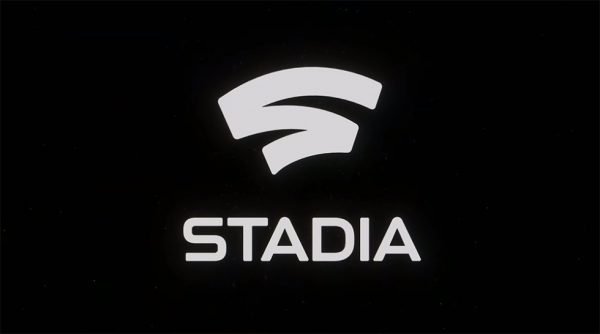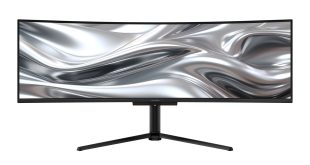In the '70s and '80s, gamers all around the world flocked to arcades to challenge their friends by setting new records at games like Pac-Man, Donkey Kong, and Frogger. It was a gaming revolution like no other, and it wouldn't be brought to a close until the original Nintendo Entertainment System (NES) became a staple in the living rooms of homes across the world. Since then, gamers have relied on a succession of home gaming consoles to deliver them the latest and greatest in electronic entertainment.
At present, Sony's PlayStation 4 and the Microsoft Xbox One (with a shout-out to Nintendo's Switch) represent the best that console gaming has to offer – but it doesn't look like it's going to stay that way for long. In March, tech giant Google announced its plans to launch a new video game streaming service that would offer remote play of a (presumably) large catalog of games on almost any internet-connected device imaginable. The service, known as Stadia, aims to spark a whole new revolution in the way gamers get their kicks.
Although details are still sketchy, it's all but certain that a service like Stadia is going to require users to pay a new level of attention to their broadband connections and home networks if they hope to have a high-end gaming experience. To help them prepare, here's a rundown of what they should be concerned about, and what preparations to make.
Bandwidth, Bandwidth, Bandwidth
As with all other kinds of streaming, your experience will depend on the amount of data Google can send to your device at once. For Stadia, what we know so far is that engineers working on the Stadia project already recommend that users have a connection capable of at least 25 Mbps down in order to maintain smooth gameplay at 1080p and 60FPS. For modern gamers, that is considered the bare minimum performance for a AAA game title – so it's fair to say that this is just a starting point. Any serious gamer is going to want a connection that can handle at least 100 Mbps or more to remove any possibility of a bottleneck on their end. Ideally, the service should also be symmetrical, since the system will require a stable return channel back to Google's data centers. Also, it is important to remember that your Stadia game streams will have to coexist with all other bandwidth-hungry applications you use, so the connection speed needed could be well above 100 Mbps in certain situations.
Low Latency
As anyone who plays today's current generation of online games can tell you, the latency of your internet connection can mean the difference between winning and losing a game – and those games don't have to stream your inputs and the game itself on the same connection. That's going to make the latency of your network and internet connection as important as it is to financial professionals using mobile forex platforms for high-frequency currency trading. The problem here is that home users can only control latency induced by their own network hardware but are powerless to resolve issues within their ISP's systems. Still, to prepare for Stadia, it's a good idea to invest in running gigabit ethernet between your ISP modem (or your home router) and as many of your devices as possible. That will provide the lowest possible internal latency for those devices and take some pressure off your WiFi, too. As far as latency issues on the ISP side, start calling customer service now to get the ball rolling on a solution – or prepare to find a new ISP that knows how to manage their network.
Rock-Solid WiFi
Since Stadia is a service that's designed to be used on almost any device that can connect to the internet, there's a good chance that any gamer using it is going to want to take advantage of that ability. That means having a home WiFi deployment that can handle the same types of bandwidth requirements we've already mentioned. The good news here is that the first home routers that make use of the new WiFi 6 standard are just starting to come to market, giving gamers a new option to upgrade their systems. Unlike previous generations of wireless technology, WiFi 6 promises better range and up to 10Gbps of throughput for connected devices, which more than meets the requirements for Stadia (and its WiFi-connected controller). Critically, the technology is said to minimize dropouts (which would make streaming games unplayable) and do a much better job at blasting a signal through densely populated wireless environments. The best bet here, though, is to wait as long as possible before making the move to WiFi 6. It's still new and will get cheaper over time, and with Stadia's launch date yet to be determined, there's no rush.
Ready, Set, Play!
As Google's Stadia gets closer to a real-world launch, the company should start to become more forthcoming about how it will work and what gamers will need to get the most out of it. Still, taking care of the three things mentioned here should cover almost all conceivable bases, barring some earth-shaking announcement from Google. Then you'll be all set to embrace the next gaming revolution. This won't just help with getting up and running with Stadia either, it will also help you take advantage of other game streaming services, including those from Microsoft and Sony.
 KitGuru KitGuru.net – Tech News | Hardware News | Hardware Reviews | IOS | Mobile | Gaming | Graphics Cards
KitGuru KitGuru.net – Tech News | Hardware News | Hardware Reviews | IOS | Mobile | Gaming | Graphics Cards



